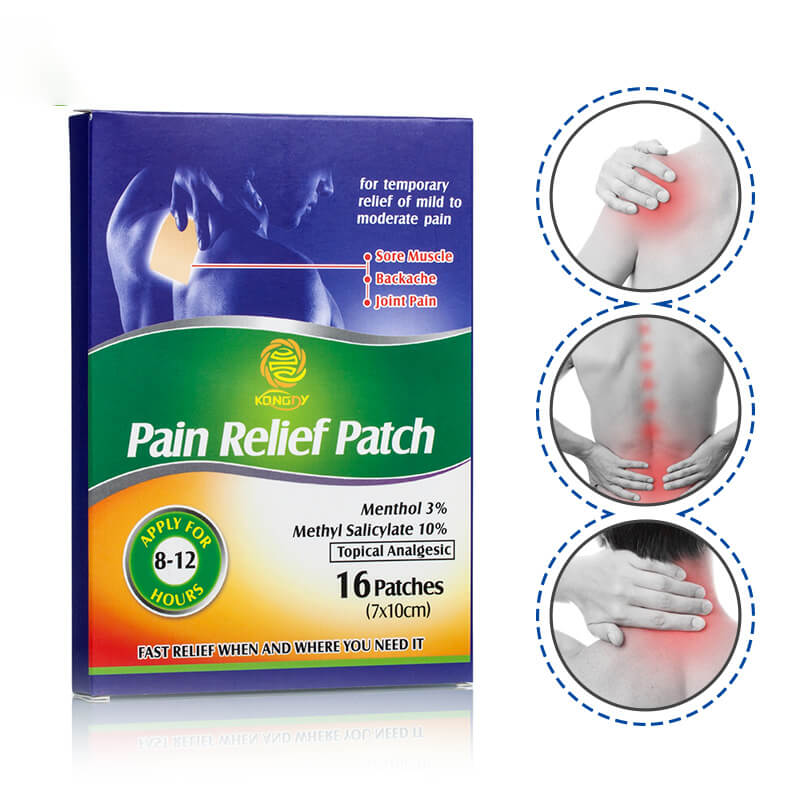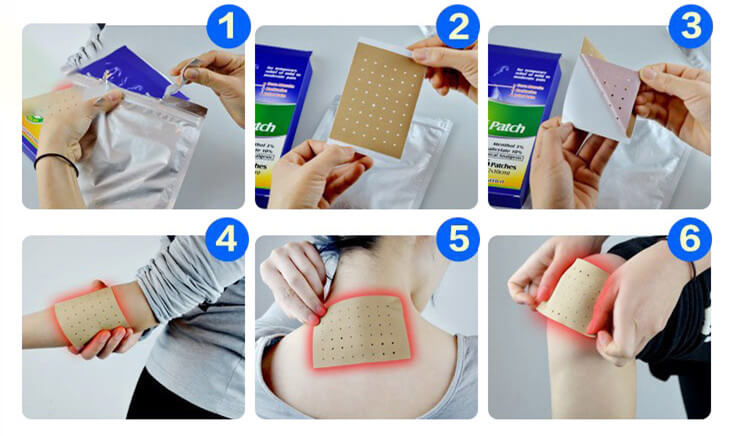Author:Kangdi 21-01-2022
Many people who suffer from back pain, bruises and sprains choose to apply a plaster to relieve their symptoms. Pain relief plasters have also become an essential medicine for many families because of their low cost and ease of use. But do you really know how to apply pain relief plasters? In fact, many people are using it wrong!
01. All plasters are universal?
Many people, whether it is a sprained foot or an arthritic attack, just buy a plaster and stick it on, thinking that all plasters are the same, or even subconsciously believe that plasters are much safer than oral medication, even if they are not applied properly, they will not cause bad effects.
However, plasters are also medicine and can penetrate the body through the skin, relieving illnesses but also aggravating them through improper use! The pharmacological effects of different plasters are different and should not be used indiscriminately.
02. Where to apply plasters for pain?
Generally speaking, there is nothing wrong with applying plasters to painful areas, except that sometimes the effect of applying them is mediocre, while a different approach may be more effective~
① When there is widespread pain in the neck or lower back
You can cut open the plaster and apply it to the sides of the neck or waist. Because it follows the direction of the muscles, the paste is applied in the area where the blood vessels gather, so that the medicine can be delivered more smoothly to the area where the blood vessels are painful and often have a faster effect.
② When pain occurs on the outer side of the joints of the extremities
The plaster can be applied to the inside of the joints of the limbs (elb, wrist, knee). As the skin on the inside is more tender, the medication is absorbed more effectively.
However, it is important to note that analgesic plasters have a strong penetrating effect such as mint, which acts as a detoxifying agent, and it is not recommended to apply them close to blood vessels as this may affect their contraction.
In addition, it is not advisable to apply them on the head and face, especially near the eyes, mouth and nose, and to avoid areas with a lot of sweat.
03. Will the longer you apply the plaster, the more it will be absorbed?
Many patients have the misconception that the more creams they apply and the longer they are applied, the better the results will be.
Generally, herbal pain relief plasters are applied for 8-24 hours, consult your doctor for the exact time or follow the instructions strictly. The skin has already absorbed the active ingredients of the ointment during this time, so if you continue to apply the ointment, it will obstruct the permeability of the pores and block the discharge of sweat, which will aggravate the burden on the skin and even cause local dermatitis.
Note: Read the instructions before applying the ointment and leave it on for a few hours. The time interval between each application should be about the same as the time you use the plaster. In other words, if the plaster is applied for 8 hours, then peel it off and let the skin rest for 8 hours before applying the next plaster.
04. How many plasters are effective?
Some people feel that the painful area is large and will apply more plasters to enhance the effect, but this is not suitable!
Moderate amounts of creams can relieve symptoms, but applying several creams at once over a large area can increase the risk of adverse reactions to the medication by overdosing the skin.
05. Is it better to apply plasters as soon as possible after a sprain?
You should not apply plasters immediately after a fall or sprain! As most of the pain relief plasters contain blood-activating ingredients, they will increase the local blood circulation, which will in turn increase the local swelling and pain.
Therefore, you should wait 24 hours before applying plasters to sprains. Joint pain after a fall or collision may be caused by a fracture and should be excluded before applying plasters to avoid delay.
 0086 19937104978
0086 19937104978






